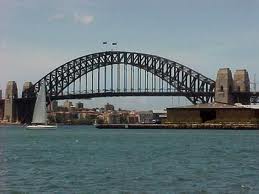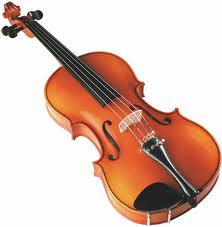Special Offers for August 2012 from our 'World Gifts' Range
 Our Cuddly Koala was A$ 39.99 and is now just A$ 29.99
Our Cuddly Koala was A$ 39.99 and is now just A$ 29.99
The koala is found in coastal regions of eastern and southern Australia, from Adelaide to the southern part of Cape York Peninsula. Populations also extend for considerable distances inland in regions with enough moisture to support suitable woodlands. The koalas of South Australia were largely exterminated during the early part of the 20th century, but the state has since been repopulated with Victorian stock. The koala is not found in Tasmania, the Northern Territory or Western Australia. As of 2012 there have been increasing concerns about the animals sustainable future in the environment. Although the koala is not a bear, English-speaking settlers from the late 18th century first called it koala bear due to its similarity in appearance to bears. Although taxonomically incorrect, the name koala bear is still in use today outside Australia[9] – its use is discouraged because of the inaccuracy in the name
You can obtain more information in the Product Details page.
 Bridge Jigsaw was A$320.00, now just A$ 199.99
Bridge Jigsaw was A$320.00, now just A$ 199.99
Opening ceremony madness
- Retired cavalry officer, Francis De Groot somehow worked his way into the honour guard at the Sydney Harbour Bridge opening. Just as the ribbon was about to be cut, he galloped forward on his horse and slashed it with his sword, declaring the Bridge open in the name of 'the decent citizens of New South Wales'.
- After retying the ribbon as best they could, the ceremony continued. De Groot was carried off to a mental hospital, declared insane and later fined for the cost of the ribbon.
Cremona Violin: was A$400.00, now A$379.99
The violin is sometimes informally called a fiddle, regardless of the type of music played on it. The word violin comes from the Medieval Latin word vitula, meaning stringed instrument;[1] this word is also believed to be the source of the Germanic "fiddle".[2] The violin, while it has ancient origins, acquired most of its modern characteristics in 16th-century Italy, with some further modifications occurring in the 18th and 19th centuries. Violinists and collectors particularly prize the instruments made by the Gasparo da Salò,Giovanni Paolo Maggini, Stradivari, Guarneri and Amati families from the 16th to the 18th century in Brescia and Cremona and by Jacob Stainer in Austria. Great numbers of instruments have come from the hands of "lesser" makers, as well as still greater numbers of mass-produced commercial "trade violins" coming from cottage industries in places such as Saxony, Bohemia, and Mirecourt. Many of these trade instruments were formerly sold by Sears, Roebuck and Co. and other mass merchandisers